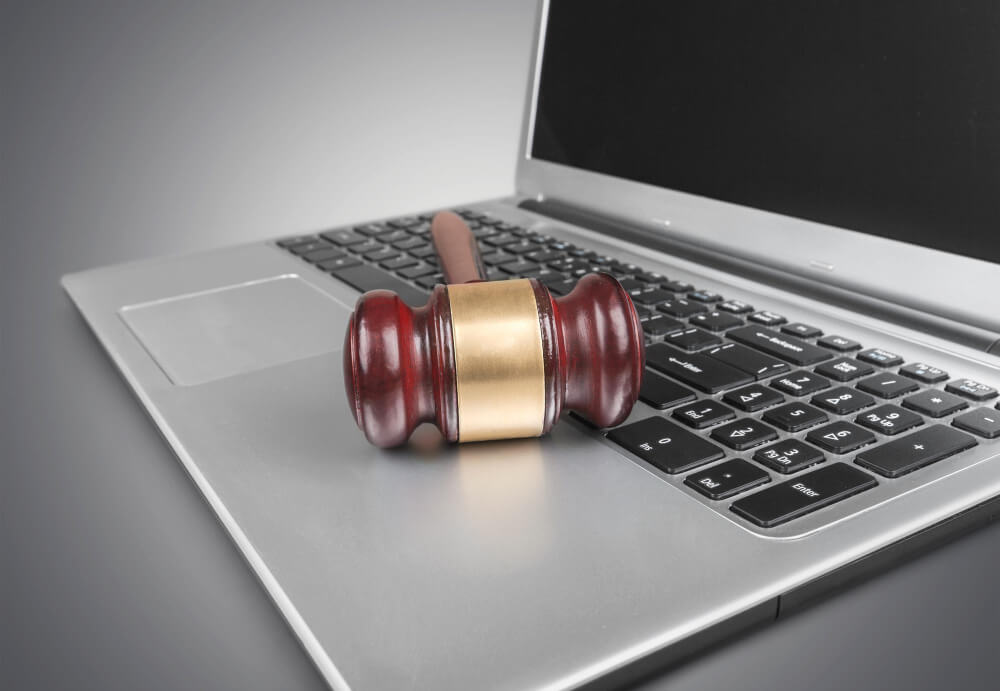On September 6, 2023, a three-judge appellate panel decided the Union County case of S.B.B. v. L.B.B. The principle issue under N.J.S.A. 2C:33-4 in the context of a final restraining order hearing concerned whether the defendant’s mass request to press her husband to grant a religious divorce was protected speech.
Judge Gooden Brown wrote for the Court in relevant part: Applying these principles, we are convinced that the video, whether viewed on its own or in the context in which it was disseminated, does not fall outside the First Amendment’s protection. The judge concluded that the video was not protected by the First Amendment because members of the Jewish community would respond violently to plaintiff being identified as a get refuser. The judge stated that “the First Amendment cannot protect this type of communication to incite, which is clearly invasive of plaintiff’s safety and privacy.” However, such an unspecified general history of violent treatment to which get refusers were subjected was insufficient to render defendant’s video a true threat or an imminent danger to satisfy the incitement requirement. On the contrary, in Epstein, the court explained that disseminating the names of get refusers “so that the reading public will hold them in disrepute,” and otherwise taking steps to “shun and embarrass a recalcitrant husband does not violate the criminal laws of the United States.” 91 F. Supp. 3d at 582.
Critically, the First Amendment “does not prohibit name-calling” and “protects ‘vehement, caustic, and sometimes unpleasantly sharp attacks’ as well as language that is ‘vituperative, abusive, and inexact.'” Carmichael, 326 F. Supp. 2d at 1282 (quoting Watts, 394 U.S. at 708). Similarly, “threats of vilification or social ostracism” do not lose their protected status. Claiborne Hardware Co., 458 U.S. at 910. If the literal threat “to break necks” in Claiborne, against a backdrop of actual acts of retaliation and violence committed by boycott supporters against boycott violators, was not outside the First Amendment’s protection, it is hard to see how defendant’s video, with, at most, only nonspecific threatening connotations, could be unprotected. Id. at 902.
It is not clear from a reading of the Claiborne case that the threat to “break necks” was literal. That case concerned a speech given by the head of the Mississippi NAACP encouraging black residents to boycott white merchants.

